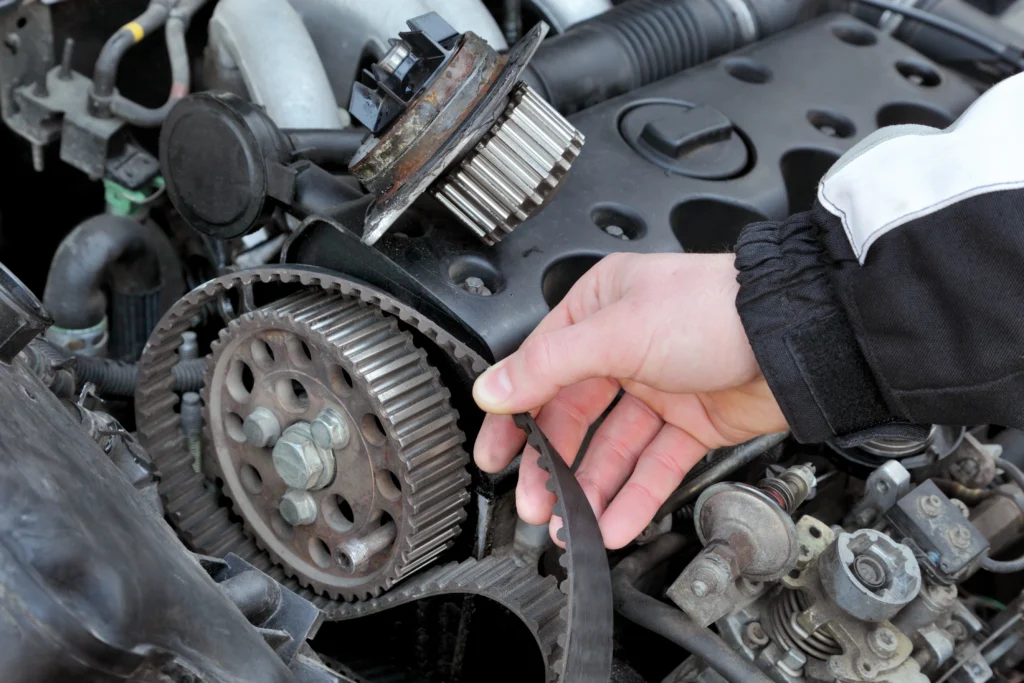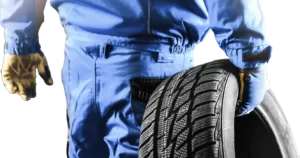
Your car is a complex machine, comprised of numerous components working together seamlessly to keep you moving safely down the road. Among these components, the timing belt plays a critical role in ensuring the synchronization of the engine’s internal parts. Yet, despite its importance, the belt often remains overlooked until it’s too late. Ignoring the signs of a wornbelt can lead to catastrophic engine failure and costly repairs. So, let’s delve into the key indicators that it’s time to change your timing belt in O’Fallon, IL before it’s too late.
High Mileage
Timing belts typically need replacement between 60,000 to 100,000 miles, depending on the manufacturer’s recommendations. If your vehicle has surpassed this mileage threshold and you haven’t replaced the timing belt yet, it’s crucial to schedule a replacement soon. Even if it appears to be functioning fine, the risk of failure increases significantly with age and mileage.
Audible Signs
Listen carefully to your car’s engine. A common sign of a failing timing belt is a ticking or clicking noise coming from the engine. This noise often indicates that the belt is worn out or misaligned, causing it to rub against other engine components. If you hear such sounds, it’s wise to have a mechanic inspect your belt promptly.
Visible Wear and Tear
Pop open the hood and visually inspect the timing belt. Look for signs of wear such as fraying, cracking, or noticeable damage. If you spot any of these signs, it’s a clear indication that the belt is reaching the end of its lifespan and requires immediate replacement in O’Fallon, IL. Ignoring visible wear and tear is a gamble you don’t want to take.
Engine Misfires or Vibrations
A worn timing belt can cause engine misfires or vibrations, disrupting the smooth operation of your vehicle. If you notice your engine running rough, hesitating, or vibrating more than usual, it could be a sign of belt issues. Addressing these symptoms promptly can prevent further damage to your engine.
Engine Won’t Start
In severe cases, a worn timing belt can cause the engine to fail to start altogether. If you turn the key and your engine refuses to start, the belt might be to blame. However, keep in mind that other factors could also cause this issue. Nevertheless, a failed belt is a serious problem that requires immediate attention.
Visible Oil Leaks
Oil leaks near the timing belt area can accelerate its deterioration. The presence of oil can cause the belt to degrade faster, leading to premature failure. If you notice oil leaks around the belt cover, have it inspected by a professional mechanic to determine the extent of the damage and address any underlying issues.

Loss of Power
A worn timing belt can affect the engine’s performance, resulting in a loss of power while accelerating. If you find that your vehicle lacks power or struggles to accelerate, it’s essential to have the timing belt inspected as soon as possible to prevent further complications.
If you live around the O’Fallon, IL area and are looking for an auto repair company to replace your vehicle timing belt, contact Rowan Tire & Auto Service.




